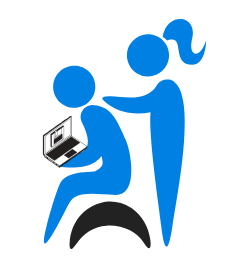This course is designed specifically for massage therapists seeking to deepen their understanding and clinical skills in managing low back pain. Through an in-depth exploration of lumbar anatomy, common causes of low back pain, and specialized assessment techniques, participants will learn to confidently identify appropriate treatment strategies within their scope of practice. The course covers both acute and chronic presentations, offering evidence-informed massage techniques, alongside client education on self-care and ergonomics. Emphasis is placed on safe practice, recognizing red flags, and knowing when to refer clients to other healthcare professionals. Case studies and treatment planning modules provide practical applications to enhance therapeutic outcomes.
By the end of this course, you will be able to:
- Define low back pain and explain its relevance to clinical massage therapy, including its impact on clients and the profession.
- Identify the key anatomical structures and biomechanical functions of the lumbar spine and surrounding soft tissues.
- Differentiate between common mechanical and non-mechanical causes of low back pain, and classify it as acute, chronic, or referred.
- Recognize red flags and contraindications related to low back pain, and explain appropriate referral and scope of boundaries.
- Conduct a client assessment specific to low back pain, including history-taking, palpation, and range of motion evaluation.
- Apply a range of massage therapy techniques for acute and chronic low back pain.
- Assess and address postural patterns and muscular imbalances that may contribute to or result from low back pain.
- Educate clients on self-care strategies, ergonomic modifications, and movement habits to support recovery and prevent recurrence.
- Develop individualized treatment plans for clients with low back pain using clinical reasoning and real-world case scenarios.


